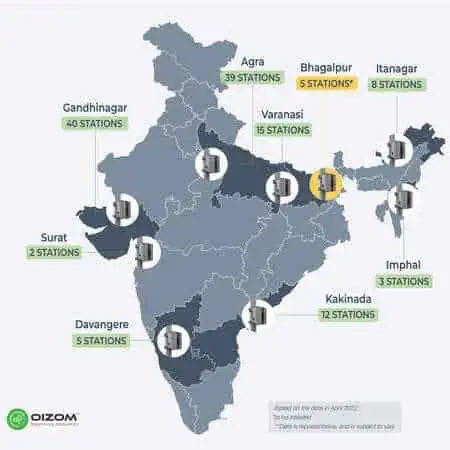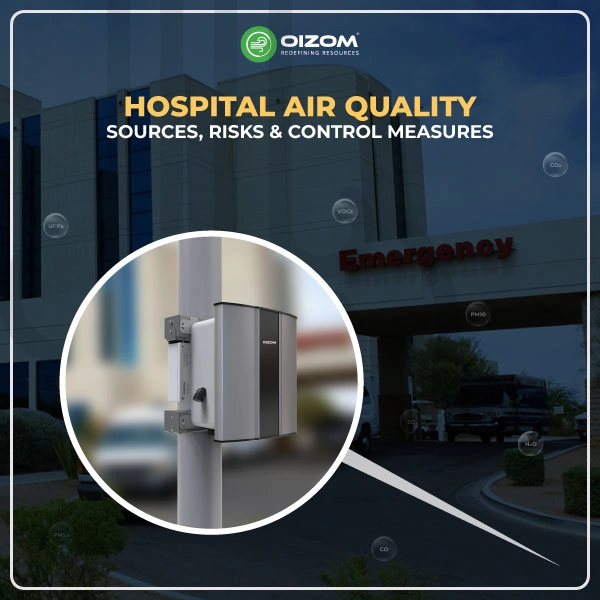Estimated reading time: 9 minutes
Oizom’s Success In Smart Cities Projects
What do you picture in your mind when you hear the word “Smart city”? A futuristic and technologically advanced city, perhaps? Maybe a simpler answer would be a city that makes human lives easier without compromising the environment. Governments across the world believe that Smart cities are the key to solving most modern problems like air pollution. Most smart cities have access to advanced technology that can monitor air pollution on a regular basis.
But, is it really that necessary to monitor air pollution levels? Before we answer this question, we must first understand the severity of air pollution on our health. Did you know that one of the biggest threats to our lives on this earth is the deteriorating quality of air? The World Health Organisation on air quality has stated that almost 90% of people breathe in unhealthy standards of air. Due to this, millions of people die every year. In order to understand if there is a grave risk to the resident’s health in a smart city, monitoring the air becomes essential.
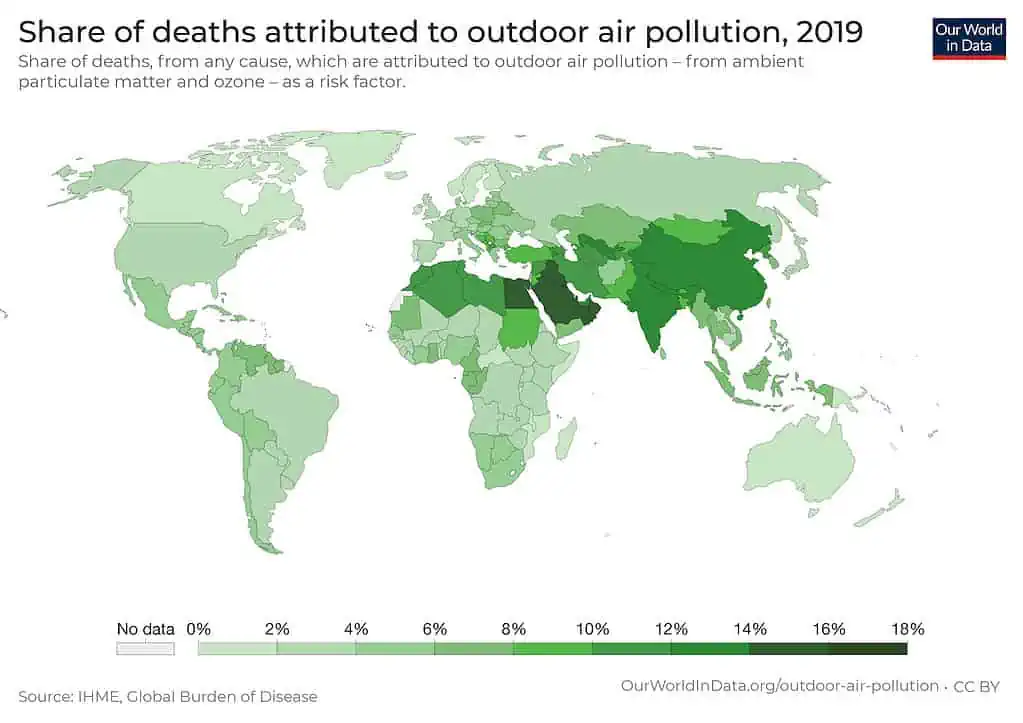
IMPORTANCE OF AIR QUALITY MONITORING SYSTEMS IN SMART CITIES
The United Nations Population Division reported that 56.2% of the global population lives in urban areas. With such a high density of the population living in the cities, ensuring them a safe environment is crucial. This is where the governmental bodies come into play for safeguarding their citizen’s best interests.
Achim Steiner, the Executed Director for United Nations Environment Protection (UNEP), stated, “We know from the World Health Organization that 88 per cent of deaths related to outdoor pollution occur in low- and middle-income countries. Yet, it is these same developing countries that typically lack access to data on their air quality.”
To tackle air pollution in smart cities, governments across the world have installed Air Quality Monitoring Systems(AQM). Most AQMs are now Artificial Intelligence integrated with sensor-based technologies. This helps it do more than just detect pollution levels. It can assist data feeds of various air pollutant levels with timestamps to provide historical data. Through this historical analysis, it can send a forecast read of the weather, temperature, traffic, and air pollutant levels.
This is why having a real-time air quality monitoring system is an integral part of combating air pollution in a Smart city. It can assist the authorities and residents in numerous ways.
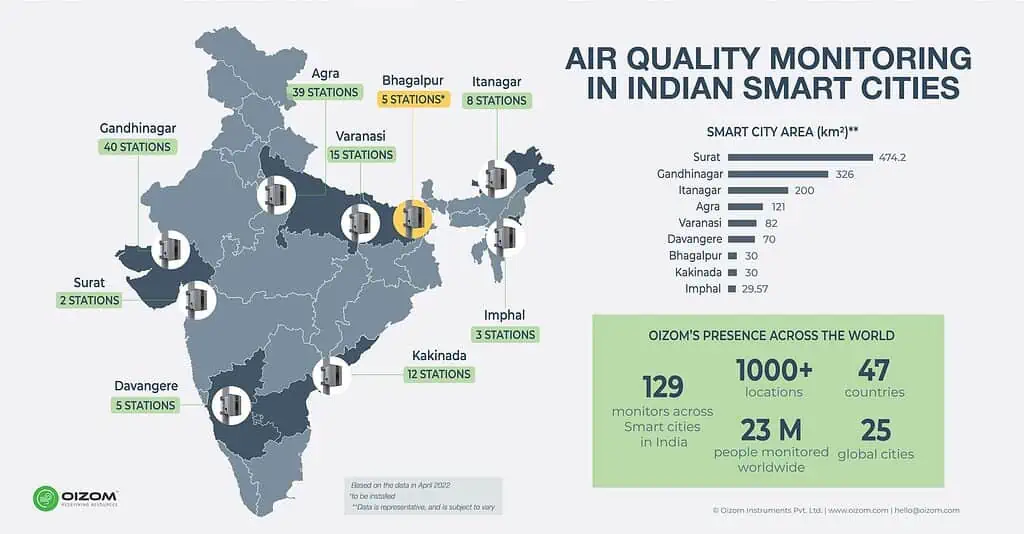
BENEFITS OF AQM
Having an air quality monitoring system established in Smart cities can help tackle air pollution through various means. Smart cities and even industries can benefit a lot from Air quality monitors. Some of them are:
Accurate reading of air pollutants
Having an AQM that can detect the various parameters accurately is one of the most important steps in combating air pollution. Instead of vaguely guessing the smoke and dust levels, it can assist the governmental bodies with an unbiased reading of the air pollution levels.
Forecasting and Analysing the air pollution levels
Like how you get a notification about the weather on your phone, a smart AQM can do the same with air pollution levels. The authorities can get access to the various pollution levels with timestamps. It can tell you what the pollution levels were yesterday, a month ago and even a year. From this information, a pattern can be drawn. One such example is India, where high levels of air pollution are observed during the winter months. In the same way, we can analyse the data acquired by the AQM and even predict what would be the air quality in the near future.
Better corrective measures
This is one of the major reasons why many Smart cities need an Air Quality Monitoring System. It helps the officials make an informed decision that best suit the city’s needs. This further improves the confidence of the officials when drafting rules and regulations.
Better human health conditions
To improve the living conditions of the people, having cleaner air to breathe is essential. AQMs have played a major role in this. It helps people be aware of the air quality in their city. This builds more confidence in the government and can enjoy greater support from the public. The main focus here is to save lives and improve the living conditions of the residents.
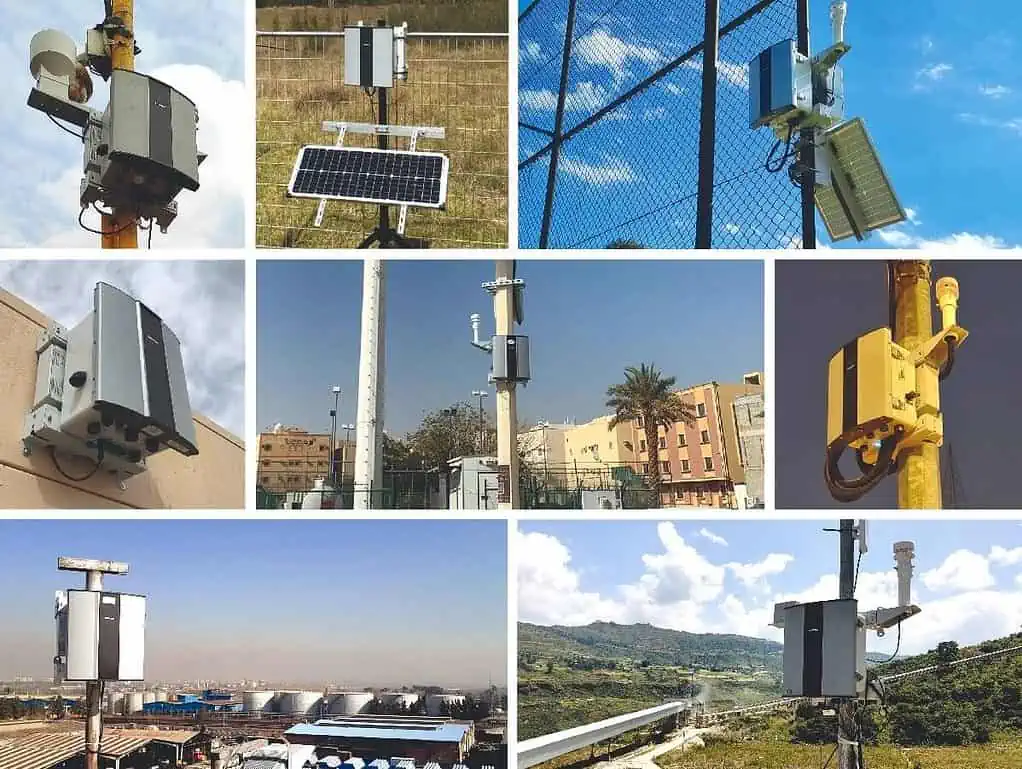
SMART CITIES MISSION TO COMBAT AIR POLLUTION
Many think that the only way to combat air pollution is to sacrifice economic growth. However, this may not be true in all cases. Governments across the globe have adopted the 17 Sustainable Development Goals (SDG) to maintain a medium between environmental protection and economic development. Apart from these SDGs, certain international bodies like the UNEP have played an important role in combating air pollution in smart cities. They have partnered up with various governmental bodies to enable information accessibility in terms of Air pollution levels.
The United Nations has developed various programs that support governments across the world in reducing air pollution levels. The Global Monitoring System for Air (GEMS/Air) is one such entity that has helped build strategic plans for governments. Their model includes the Consortium for Better Air Quality data (CBAQd). It joins hands with various private and public bodies to combat pollution. They do it by collecting data on the air pollutant levels majorly. Secondly. They also help in bringing awareness to the public about the air pollution levels in cities. The first step for this includes having an air quality monitoring system, without which, no data can be accumulated.
Explore the special problems and effects of checking air quality for coastal areas, and have a look at practical solutions for it.
COUNTRY SPECIFIC SCHEMES FOR MONITORING AIR POLLUTION
Governments across various democracies have understood the gravity of the harm that air pollution can cause to human health. This is why they have created several bodies that oversee air quality in smart cities. However, for such bodies to be successful, having an accurate Air quality monitoring system will be essential. Subsequently, having a monitor that accurately detects and provides data on the various parameters is essential.
United States
The US Environmental Protection Agency has 2 programs for reducing Air pollution in the country. These are National Ambient Air Quality Standards (NAAQS) program, and the Hazardous Air Pollutants (HAP)program. Both these programs help in reducing the air pollution levels in smart cities across the states.
India
Similarly, the Union Ministry of Urban Development in India deployed the 100 Smart Cities mission in 2015. The deadline for the completion of the projects is set between 2019 and 2023. As of March 2022, almost 51.5% of the projects have been completed. Additionally, National Clean Air Programme (NCAP) was launched by the Indian government in 2019. It is a long-term and time-bound national-level strategy for combating air pollution. The goal over here was to reduce the dispersion of PM2.5 and PM10 up to 30% by 2024. This is by keeping 2017 as the base year for comparison.
It is, however, important to first have a comprehensive AQM system for these governmental schemes to work. To combat air pollution, many smart cities incorporate Air Quality Monitoring systems. Without having an access to accurate data on the air pollution levels, it will be difficult for the governments to fulfil them. This is why these governmental projects depend on AQMs. In conclusion, having an AQM is not only beneficial but a necessity in safeguarding the lives of people. Be it, in a Smart or elsewhere.
Have a look at our blog if you are interested to know about air quality monitoring for drilling operations.
OIZOM’S PARTICIPATION IN THE SMART CITY PROJECTS
Oizom is a Smart Air Quality Monitoring Solutions company that offers data-driven environmental solutions for better decision-making. Its various Air Quality Monitoring systems are customizable according to the needs of each environment. Oizom has successfully installed a number of AQMs in various smart cities across the globe. Some of the projects that Oizom is involved in are:
Indian smart city projects
Oizom has made a significant contribution to the 100 smart city program. It has been monitoring the air pollution in 9 Smart Cities across India. These smart cities include Kakinada, Davangere, Imphal, Itanagar, Surat, Gandhinagar, Agra, Bhagalpur, and Varanasi. To know more about Oizom’s involvement in Smart city missions in India, read this blog on “Oizom Air Quality Monitoring Systems Installed in Smart Cities”.
European smart city projects
Oizom has expanded its presence in European Smart Cities as well. The smart, accurate, and robust air monitoring system, Polludrone has been installed in major Smart cities like Kars – Turkey, Baku – Azerbaijan, and Kyiv – Ukraine. Oizom’s monitors have helped the locals and the governments in understanding the air quality on a real-time basis. This has helped them make appropriate decisions that best suit the needs of the city.
Oceana smart city projects
Similarly, Polludrone has yet again made a major impact in the smart city of Sydney, Australia. It has been monitoring the air quality and ensuring its residents of clean breathing air. Additionally, it has also helped the governmental bodies acquire a database of the air pollution levels in the smart city.
Apart from Smart cities’ projects, Oizom has involved itself in monitoring air pollution in a number of projects like Smart campuses, industrial zones, Wastewater Treatment Plants, Terminal Ports, Airports, Livestock units, etc. Such industries and campuses are from various countries across the globe.
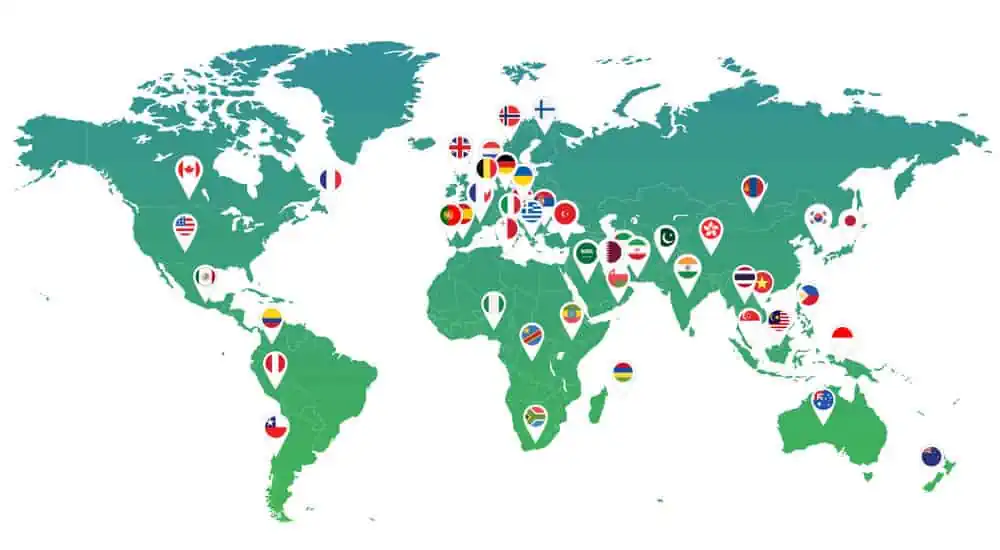
Oizom understands the importance of having a hassle-free experience while using Ambient air quality monitors. Oizom ensures accurate data collection of the air particulates on a real-time basis. Additionally, deploying an Industrial air quality monitoring system in polluting industries or areas nearby can ensure toxic-free air for humans.
That’s why understanding how to choose Oizom product variants is key to matching the right technology with your environmental goals and operational requirements.
We believe in a world where children and people from all corners have access to clean air. Having an effective and functioning Air quality monitoring system is the first step on that path. After all, what is a “Smart city” if not for its smart application in monitoring air quality?
To know more about Oizom and the role of Air quality monitors, click here.

